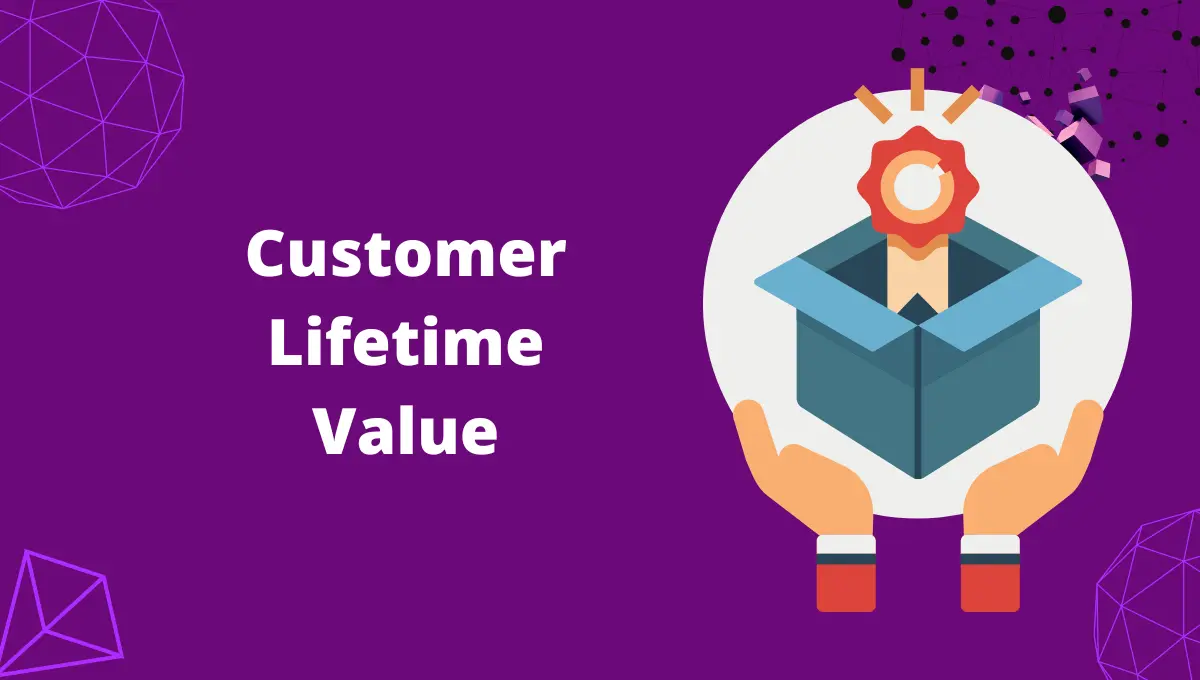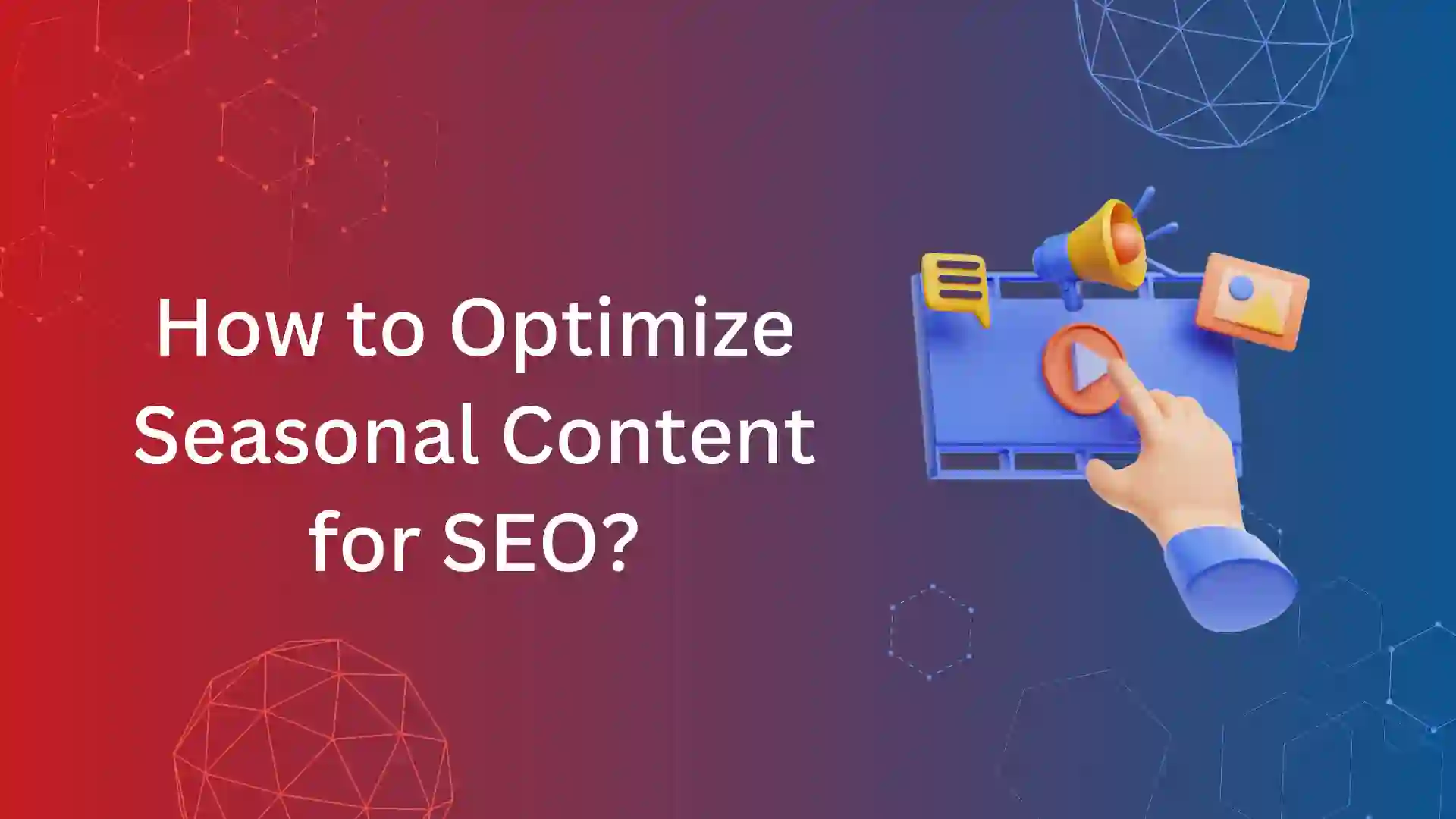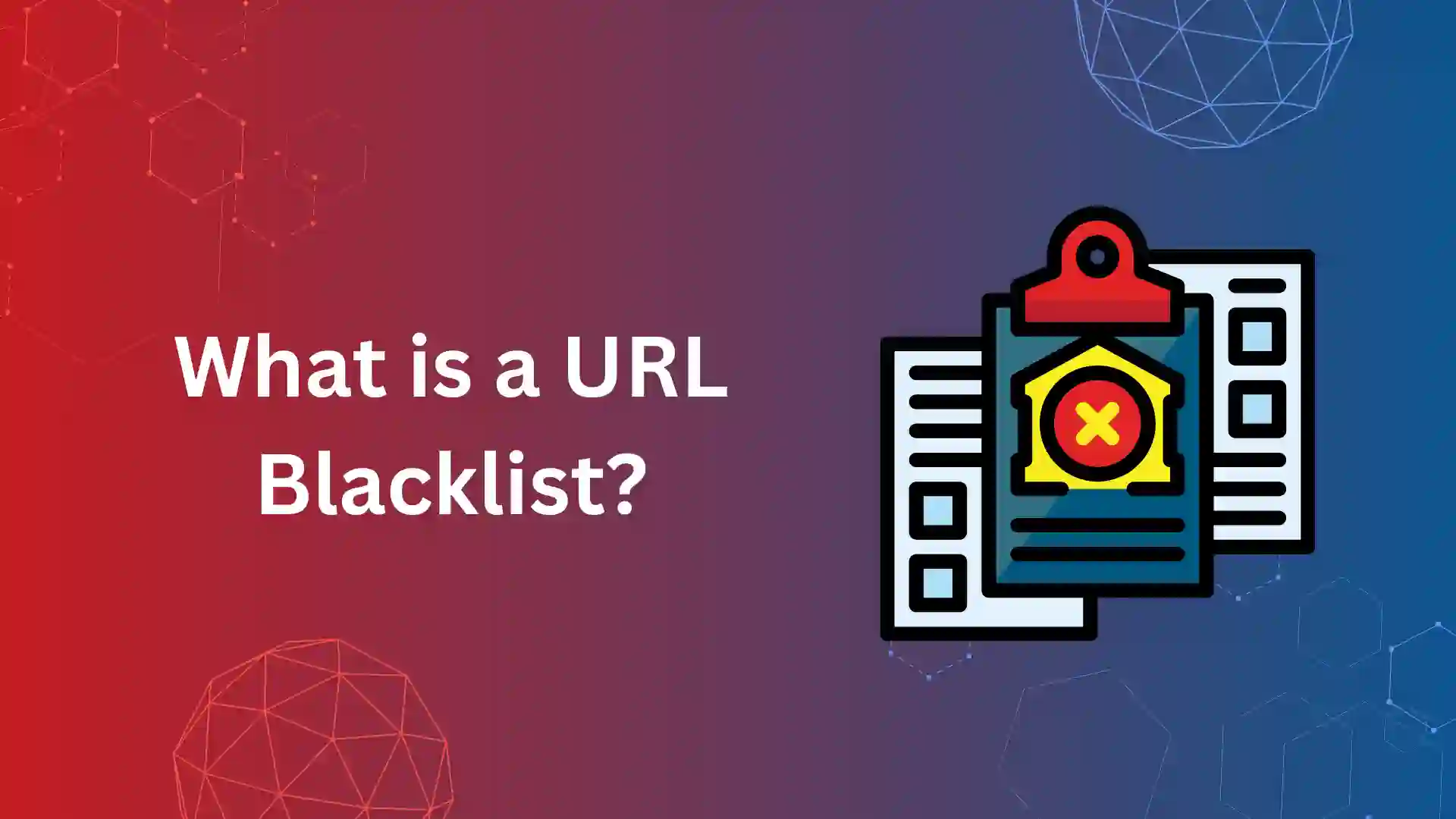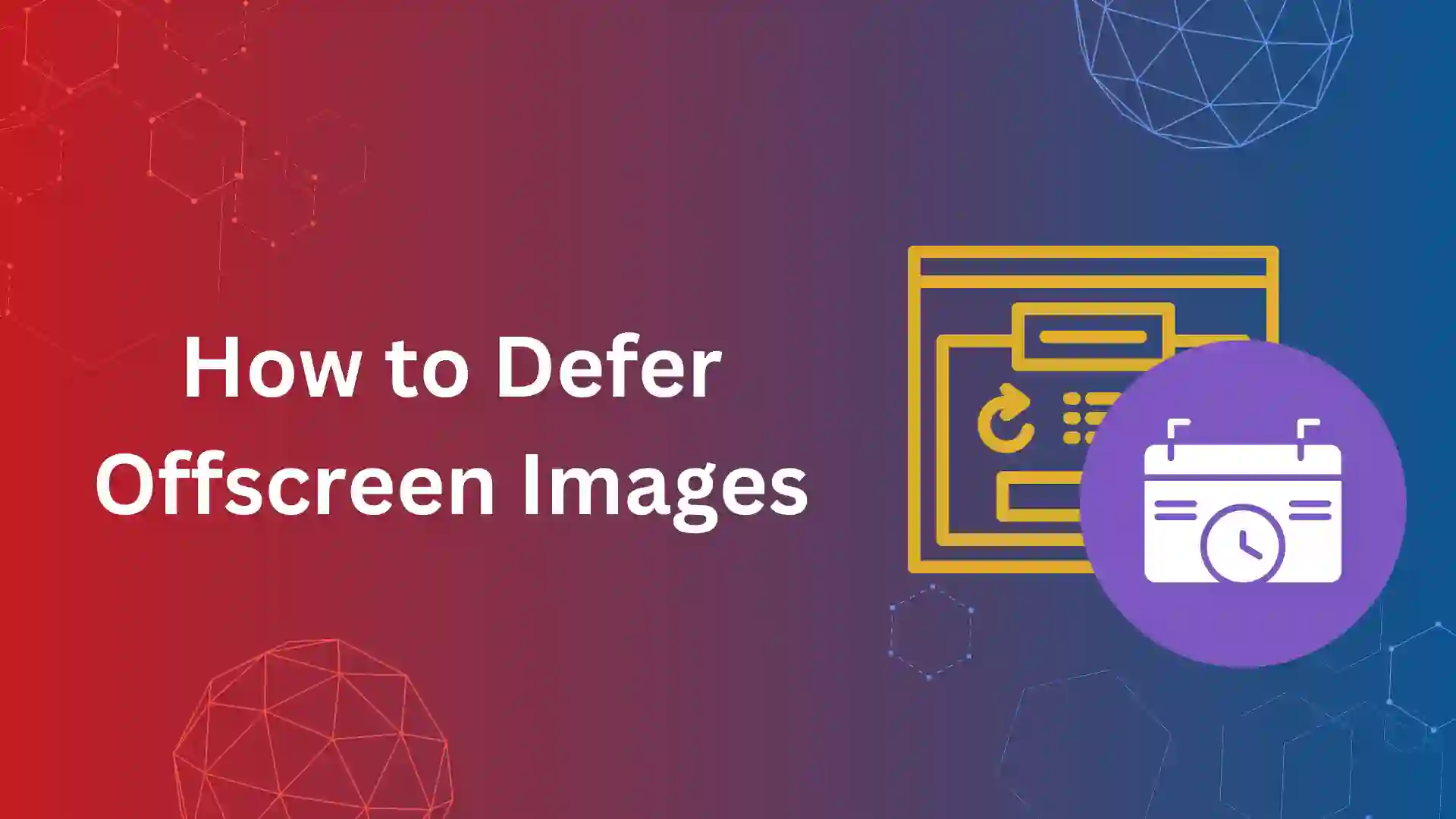As a business, your main goal after acquiring customers would be retaining them. You will want to make your customers stay with your brand and spend more on it.
One of the important metrics that can help you understand what you can expect from your average customer is the Customer Lifetime Value (CLV).
With CLV, you can create better sales and marketing decisions that are focused on increasing customer value for your brand.
In this article, let’s look at what CLV is, how you can calculate it, and why it is important for your business.
What is Customer Lifetime Value?
Customer Lifetime Value (CLV) is a metric that measures the total amount of money that a customer is expected to pay over the course of their journey with a brand.
This is an important metric to measure since it can help brands determine how much money they can invest to acquire new customers and retain existing ones.
You should know that acquiring a new customer is more expensive and tiresome than retaining your existing customers.
Understanding CLV can help you determine what your customers like about your brand and work towards adding value to them.
You can also use CLV to create marketing strategies to acquire new customers for your brand.
Brands can understand customer loyalty by calculating CLV. If a customer continues buying your products repeatedly, you can discern that you are doing the right thing to manage your business.
How to calculate CLV?
CLV is relatively straightforward and easy to calculate. Below is the formula to calculate CLV.
CLV = Average value of a purchase × Number of times a customer buys your products in a year × Average length of customer relationships with your brand (in years) |
You can calculate your customer’s CLV by multiplying your customer’s average purchase value, frequency of the purchase, and the average customer lifespan of the customer.
Example
Imagine you are a clothing brand. Now let’s calculate Customer A’s CLV based on the following details.
Customer A
Value of the product = $200 per pair
Number of purchases in a year = 5 pairs a year
Span of customer relationship with brand = 6 years
So, the CLV of this customer would be $200 × 5 × 6 = $6,000
You can also use CLV to understand who is your high-value customer and put more focus on them. Here is another example of CLV for Customer B of the same clothing brand.
Customer B
Value of the product = $50 per pair
Number of purchases in a year = 3 pairs a year
Span of customer relationship with brand = 4 years
So, the CLV of Customer B would be $50 × 3 × 4 = $600
With this data, it is obvious that Customer A is the one that buys more products from your brand, and that is where your focus should be.
Why is CLV Important for a Business?
Now that you have seen how to calculate CLV let’s look at some benefits you can get by tracking and using CLV in your business.
- Increase revenue over time
Increasing CLV is important to increase revenue for your brand. The longer a customer stays with your brand, the more revenue you can generate.
With CLV, you can identify customers who spend the most in your business and create customized marketing campaigns to retain and keep them buying your products.
- Improve wherever necessary
Once you start calculating CLV, you will know where you are wrong and make the necessary improvements. You can optimize components such as pricing, advertising, sales, customer retention, etc.
Reducing costs and increasing profits is one of the main goals of customer lifetime value. Calculating it can help you make changes in the above areas and ultimately reduce your costs.
- Target ideal customers for your brand
With CLV, you can identify customers who are more loyal to your brand and spend the most money buying your products. This can help you create customer acquisition strategies that will target customers who are likely to spend more on your business.
- Reduce customer acquisition costs
Acquiring a new customer is several times more expensive than retaining an existing customer. Hence, it is essential for you to identify and retain customers who are more loyal to your brand. This can help you increase your profit margins and reduce customer acquisition costs.
CLV metrics
There are several different ways you can approach customer lifetime value for your business. Understanding and measuring CLV through these methods can help you have a data-driven understanding of what your customers like or dislike about your business.
Here are some of the variables of CLV formulas that you can use to meet your customers’ needs better.
1. Average Purchase Value
Average Purchase Value (APV) is the average amount spent (in a single transaction) on your products or services. It measures the average amount of money your customers spend on each purchase.
You can calculate the Average Purchase Value by dividing the total revenue generated during a particular period by the number of purchases made during that period.
Average Purchase Value (APV) = Total revenue / Number of orders |
2. Average Purchase Frequency Rate (APFR)
Average Purchase frequency Rate is the number of purchases or transactions an average customer makes with your brand during a specific period. This metric is used to understand a customer’s behavior and purchase patterns.
You can calculate APFR by dividing the total number of purchases in a specific period by the number of customers who made purchases during that period.
Average Purchase Frequency rate (APFR) = Number of purchases / Number of customers |
3. Customer Value (CV)
Customer value measures a product’s worth to the customer. Here, the worth can be the benefits of the products or services or the value the products add to the customers.
You can calculate customer value by multiplying the average purchase value of a product by the average purchase frequency rate.
Customer Value (CV) = Average Purchase Value × Average Purchase Frequency Rate |
4. Average Customer Lifespan (ACL)
Average Customer Lifespan is the average number of days or years a customer spends with your brand from the first order to the last order. It can be calculated by adding all the customer lifespans and dividing them by the total number of customers.
Average Customer Lifespan (ACL) = Sum of all lifespan / Total number of customers |
Tips to boost CLV
Now that you know what CLV is and how important it is for your business, it’s time you get started on increasing your CLV. Here are some of the tips you can follow to increase your customer lifetime value.
1. Improve your customer onboarding process
Customer onboarding is the process of bringing in new customers and helping them get comfortable with your brand. That is, you provide them with tutorials, guides, and other helpful materials that can help your customers understand who you are, what you do, and why they should stick with your brand.
How you onboard your customers can directly impact your customer’s relationship with your brand. It helps with customer retention and revenue generation and ultimately increases the CLV of your brand.
2. Improve customer experience
If your customers enjoy a smooth, seamless experience with your brand, they will be more likely to come back and buy your products again. Your websites, customer helplines, and storefronts are all the points where you can interact with your customers.
So, optimize and make improvements wherever necessary to enhance user experience.
3. Customer loyalty & reward programs
Customer loyalty programs can keep your customers engaged with your brand. You can offer rewards to loyal customers for staying with your brand, like coupons, free service for a month, extra special features, etc.
You can also create referral programs where you can provide incentives to your customers for referring your products to their networks.
4. Customer Relationship Management
You need to maintain a good relationship with your customers and solve their queries regularly. You need to interact with them during sales, marketing, and customer service.
You can easily get customer information using CRM (Customer Relationship Management) and ERP (Enterprise Resource Planning) systems. It helps enhance customer relationships over time and gain more loyal customers for your brand.
5. Increase your average order value
Increasing your average order value can improve your CLV. When a customer adds a product to a cart or is ready to check out the product, you can provide relevant complementary products that go along with what they are buying.
Take Amazon, for example; when you search for a product, you will often see some extra products in the “Frequently Bought Together” section. Your average order value will increase when customers buy extra products from your brand. This can increase the CLV and overall revenue of your brand.
6. Solve their queries in the shortest time possible
Customers won’t wait around for you forever to answer their queries. Most of them expect a brand to solve their problems within a day.
While this may not always be possible since there are so many customers to tend to, you can try to minimize the time you take to answer them. An easy way is to create a team that will answer and solve all the customers’ queries.
Conclusion
Customer Lifetime Value is a useful metric that tells you which customers spend most on your brand and who you should focus on to get the most out of your business.
You can identify your brand’s most loyal customers and work on retaining them and establishing a good relationship with them. Use the above formulas to calculate your CLV and follow the tips to enhance your customer’s CLV for your brand.
Frequently Asked Questions
Customer Lifetime Value (CLV) is a metric that measures the total amount of money that a customer is expected to pay over the course of their journey with a brand.
This is an important metric to measure since it can help brands determine how much money they can invest to acquire new customers and retain existing ones.
CLV is relatively straightforward and easy to calculate. Below is the formula to calculate CLV.
CLV = Average value of a purchase × Number of times a customer buys your products in a year × Average length of customer relationships with your brand (in years)
You can calculate your customer’s CLV by multiplying your customer’s average purchase value, frequency of the purchase, and average customer lifespan of the customer.
CLV can be defined as the value of an individual customer throughout their entire journey with the brand. LTV can be defined as the average lifetime value of all the existing customers.













